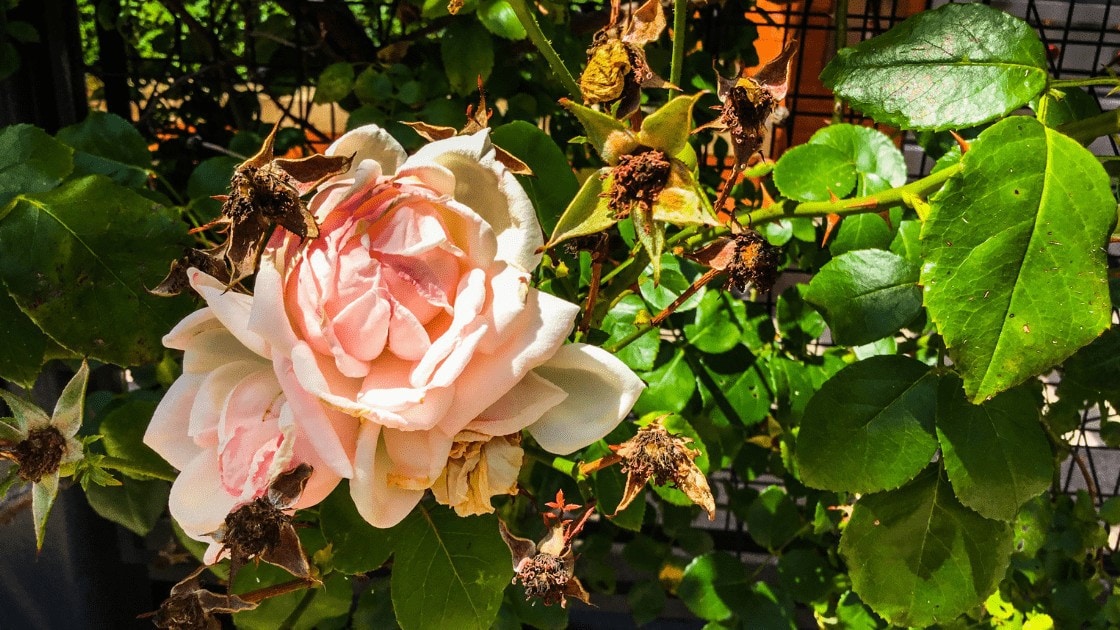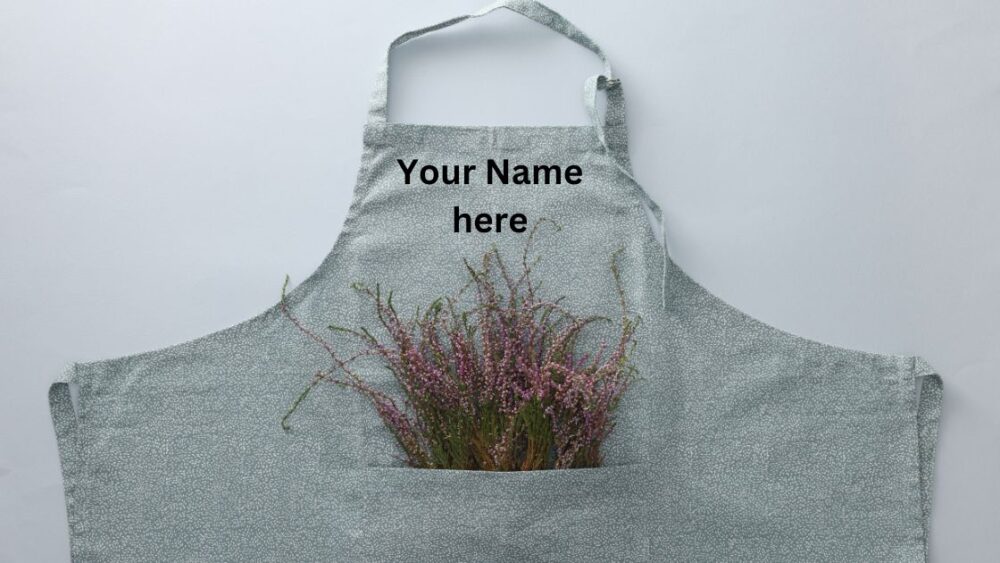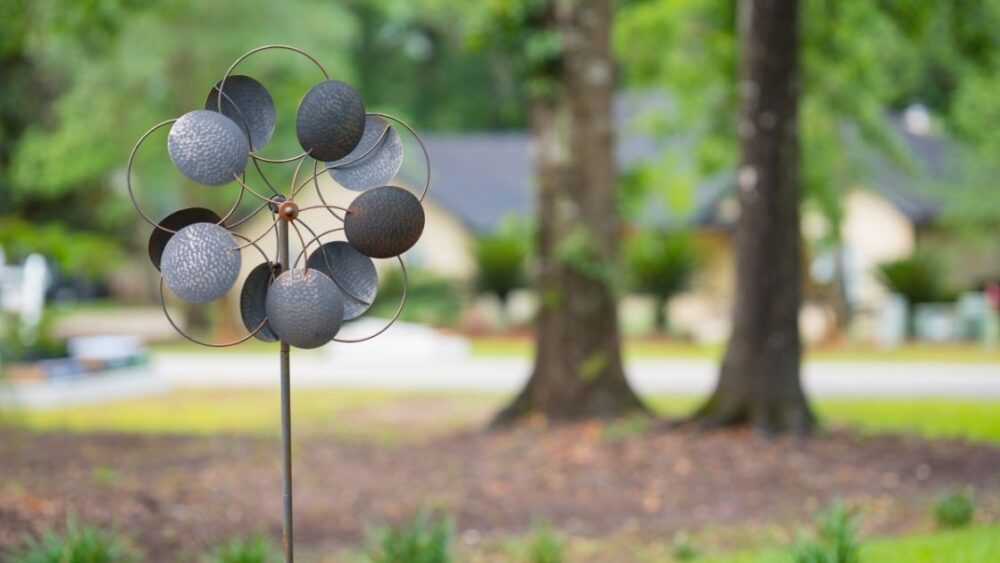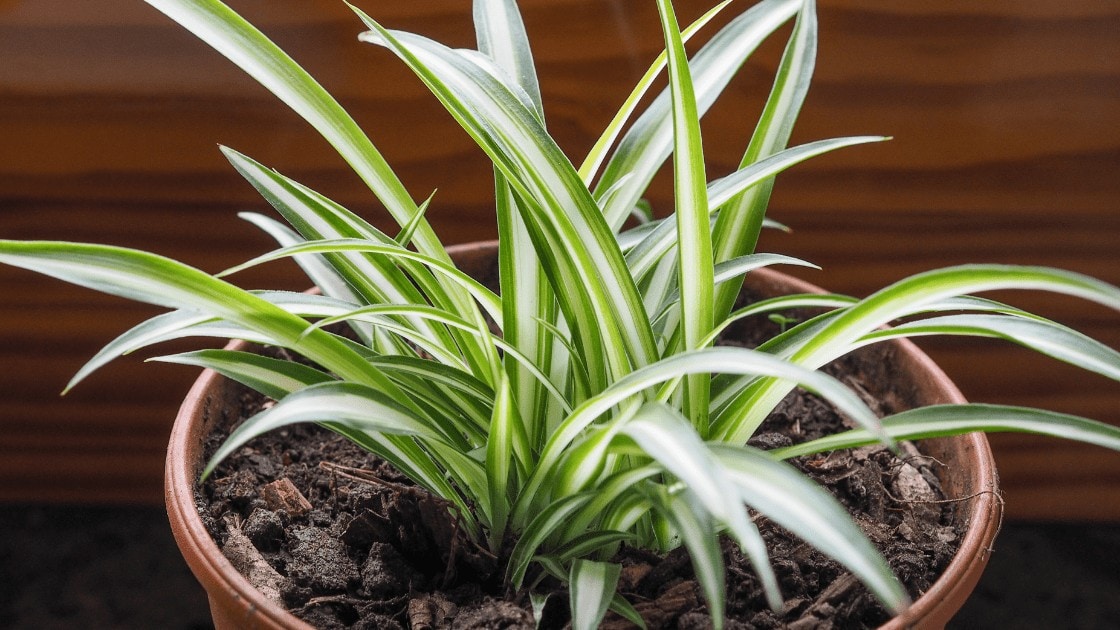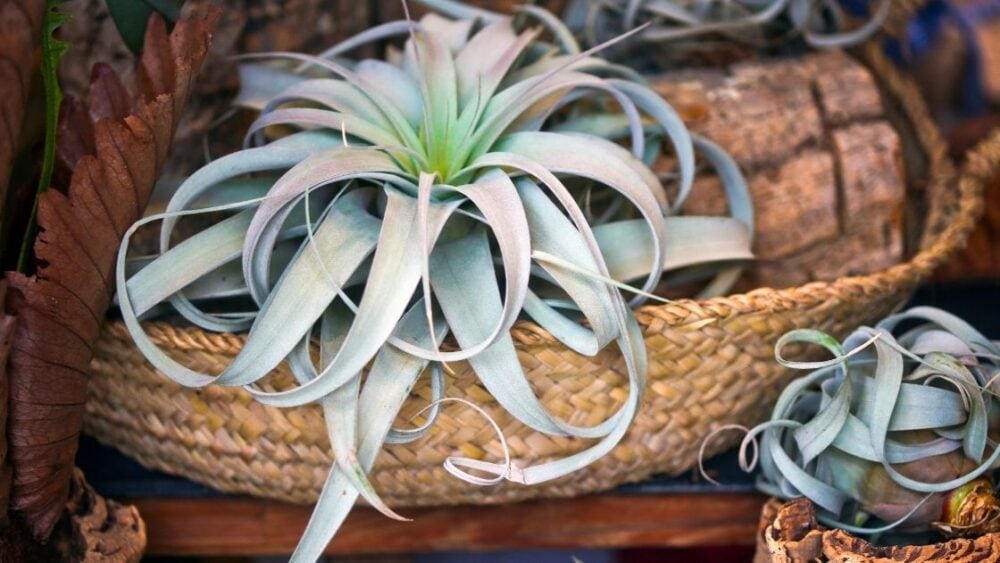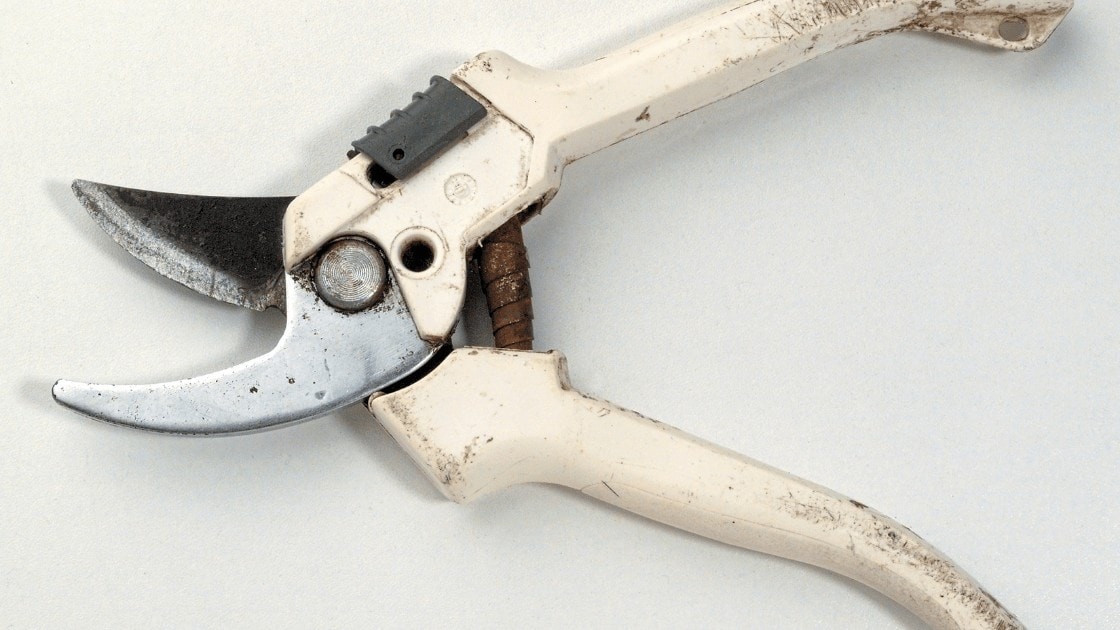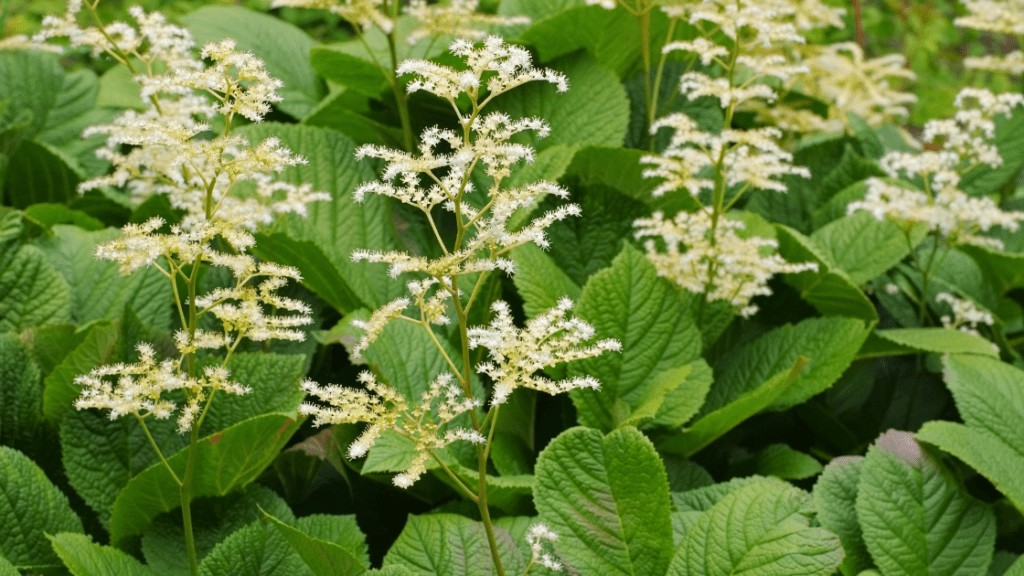
Fingerleaf rodgersia (Rodgersia aesculifolia) is one of the few common ornamental garden plants which are grown both for their flowers and for their foliage. The name of this particular species of Rodgersia – Aesculifolia comes from ‘Aesculus’ – the botanical name of the common horse chestnut tree. It’s easy to see why that is – the leaves of the Fingerleaf Rodgersia very much resemble those of the horse chestnut.
However, they are thicker, darker-colored and more attractive. Although the numerous flowers of the Fingerleaf Rodgersia can also be pretty, the plant is still primarily grown for its expansive green foliage which can cover a wide area. This species is also known as the ‘chestnut-leaved Rodgersia’.
Rodgersia is a herbaceous perennial plant, meaning the whole upper part of the plant can die during winter, but new growth will re-emerge in early spring. This doesn’t necessarily happen unless the winters in your area are particularly harsh, and Rodgersia is classified as a hardy plant down to USDA zone 4. The plant reaches a height of 2 to 5 ft. depending on the species, variety and the weather conditions.
Browse our Affiliate Products
Rodgersia flowers during spring and summer, producing a large amount of small white or pink flowers which beautifully contrast with its dark-green foliage. Rodgersia has one of the longest-lasting flowers, often lasting for up to a month before new ones form. The green seed pods also look attractive, especially on red-leaved rodgersia plants. Once the seeds mature, dry, dark seed heads are formed, which can last throughout the winter unless you choose to manually remove them.
Where Should You Plant Fingerleaf Rodgersia
Rodgersia is primarily an outdoor, garden plant – it doesn’t really grow to an impressive size, nor flower profusely when it’s confined in a pot indoors. Rodgersia likes moist locations, partially shaded from direct sunlight. It has a large leaf area, which evaporates a lot of water – dry conditions, combined with too much sun and wind will quickly dry it out and can potentially kill it.
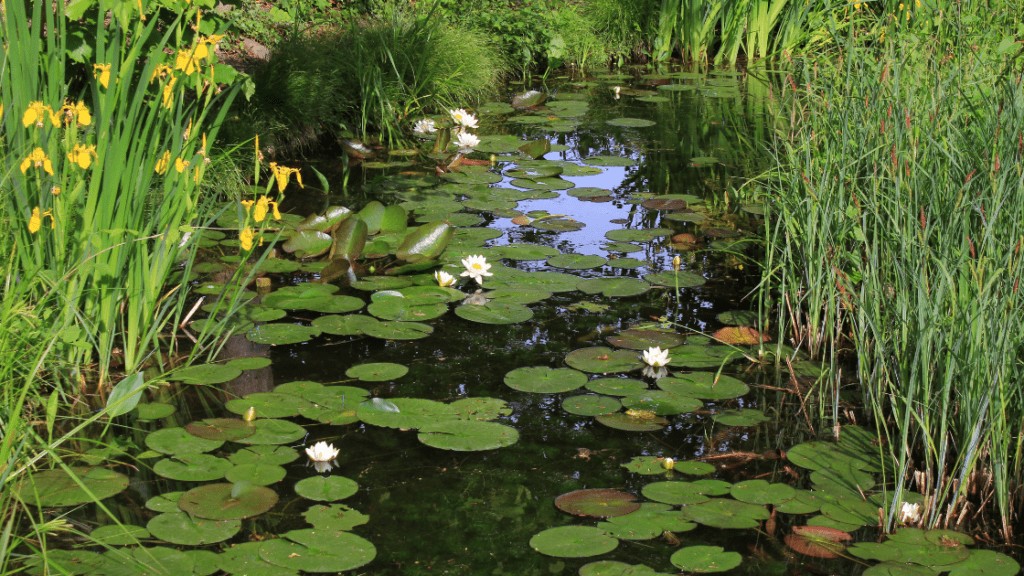
For those reasons, Rodgersia grows best next to ponds, lakes or other water sources that can provide a continuous water supply. However, Rodgersia can be grown anywhere, provided that you water it enough or plant it in a perlite-supplemented soil that retains a lot of water.
The size which Rodgersia can grow to and the area which its leaves will cover is directly dependent on the amount of water it has access to – if you plant the plant from seed or from a small root division but don’t give it enough water it won’t come anywhere close its maximum size and leaf area.
Where Does Rodgersia Grow In The Wild?
All Rodgersia species are native to Asia. Different species are native to different countries, including Japan, Korea and China. In the wild, rodgersia is found almost exclusively near water sources, such as rivers, waterfalls and lakes. It doesn’t often grow in open areas and is used to flourishing in the partial shade created by trees – something illustrated by its large foliage area, evolved to ‘absorb’ a lot of light, despite not being in direct sunlight.
Ideal Growth Conditions And Care
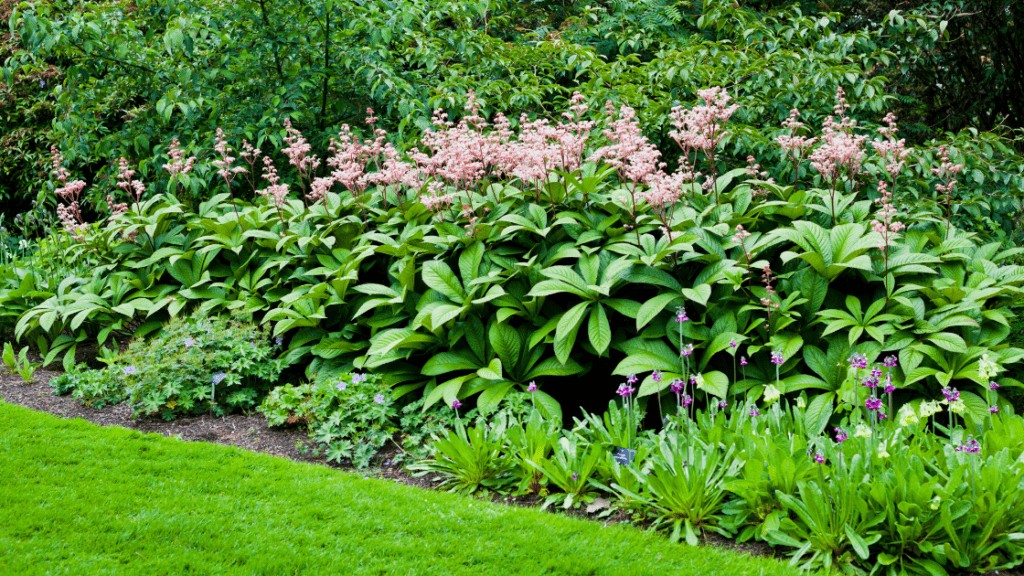
Given a moist, nutritious soil, Rodgersia is pretty undemanding. It’s a relatively hardy plant that doesn’t require pruning. The only maintenance typically required for Rodgersia is the removal of the dried flower stems in late autumn, which is done purely for aesthetic purposes. The Fingerleaf Rodgersia has largely the same growth requirements as the other 5 members of the Rodgersia genus:
Temperature
Rodgersia tolerates wide swings in temperatures and is hardy down to USDA zone 4. However, it develops much quicker in warmer climates, especially when grown from seed. Rodgersia doesn’t really have an upper temperature limit, but is said to prefer temperate weather. For optimum development and growth, Rodgersia is known to prefer colder nights. It enjoys a large day to night temperature difference, which enables it to reach its maximum size.
Watering & Sunlight
Rodgersia is used to growing in wet areas near natural water sources and evaporates a lot of water from its foliage. If you live in a very warm, dry area, Fingerleaf Rodgersia will require frequent watering and a complete shade. It’s worth noting that red-leaved Rodgersia varieties are a bit more drought-tolerant and sun-loving, but all Rodgersia plants in general are drought-intolerant.
Soil
Rodgersia like nutritious soil, rich in hummus. Unfortunately, those types of soil don’t really hold on to a lot of moisture and adding a water-holding agent like perlite only dilutes the amount of nutrition available.
If you want your plant to reach its maximum size, it’s best to choose rich soil and provide frequent, thorough watering. Rodgersia prefers slightly acidic soils with a pH of around 5.6 to 6.0, which is not a difficult to meet requirement, as that is the pH of almost all common gardening soil mixes.
Other Considerations
Rodgersia is not suitable for very windy areas – in its natural habitat, the surrounding trees and hills shade it from the wind. The large leaves and tall flowers bend and break easily and the drying effect of strong winds can quickly cause wilting, especially if the plant isn’t used to them.
How to Plant & Propagate Fingerleaf Rodgersia
Rodgersia can be planted from seed, but it will take a year or two to fully develop. The young leaves of seedlings are prone to insect and slug damage, which depending on where you live may completely prevent you from successfully growing Rodgersia from seed outside.
Seeds germinate best at low temperatures of 60F (15C) and the germination process can take as long as 2 months. Fresh, properly stratified seeds however usually germinate within 2 weeks. Ultimately, seed propagation can be a bit difficult, but far from impossible.
For more information about Fingerleaf Rodgersia seeds click here.
Usually, Rodgersia is propagated by division – the root of the Fingerleaf Rodgersia produces shoots which eventually break through the soil and develop into new branches. This new growth can be easily ‘divided’ and planted separately.
This should only be done during the spring when the plant bursts into growth and its metabolism is the fastest. Being a herbaceous perennial that stores energy in its roots and grows new shoots during the spring, Rodgersia can also be propagated by simply dividing the root into separate pieces and burying them, much like you would plant potatoes.
Because of its stem structure, the plant is not well suited for cutting propagation – taking a cutting would usually involve removing a whole stem, so there’s no reason to not just divide the plant instead of waiting for roots to form on the stems.
The actual process of planting Rodgersia simply involves burying it in a hummus-rich, wet soil and watering it generously until the roots get established. As already mentioned, planting Rodgersia near water sources is optimal. Newly-planted plants that haven’t yet developed their root system are particularly drought-sensitive.
Combining Fingerleaf Rodgersia With Other Plants
It is recommended that you combine Rodgersia only with plants that also prefer wet soils. Primrose, sword fern, plantain lilies and tricyrtis make excellent companions for Fingerleaf Rodgersia and can be planted in the same soil bed.
Rodgersia however, grows relatively tall (up to 5 ft) and there are very few plants that can match it in height while at the same time preferring the same type of damp soil. Rodgersia is also an aggressive plant species, producing a large foliage area which shades and stunts the growth of smaller nearby plants. For that reason, you may want to plant Rodgersia alone, especially if the weather conditions in your area favor quick growth.
Other Species & Varieties
Rodgersia Aesculifolia has a few different varieties, the most common being henrici. The Aesculifolia variety is another common one, its full botanical name being Rodgersia Aesculifolia var. Aesculifolia.
The Henrici variety usually has dark pink flowers and the Aesculifolia variety – white ones. Many cross-bred varieties exist with flower color ranging from white to dark pink. Ultimately, it’s difficult to tell the different varieties apart as they aren’t really much different from each other.
Some varieties of Rodgersia have red leaves. Those varieties can withstand direct sunlight and require less water, but aren’t as hardy and are more prone to being killed by frost. The leaves of those varieties become red only with strong exposure to sunlight.
Apart from the Fingerleaf Rodgersia (Aesculifolia), the Rodgersia genus contains at least 5 other species. Rodgersia Pinnata and Rodgersia Podophylla are the two most common and most wide spread species commonly planted in outside gardens.
R. Pinnata
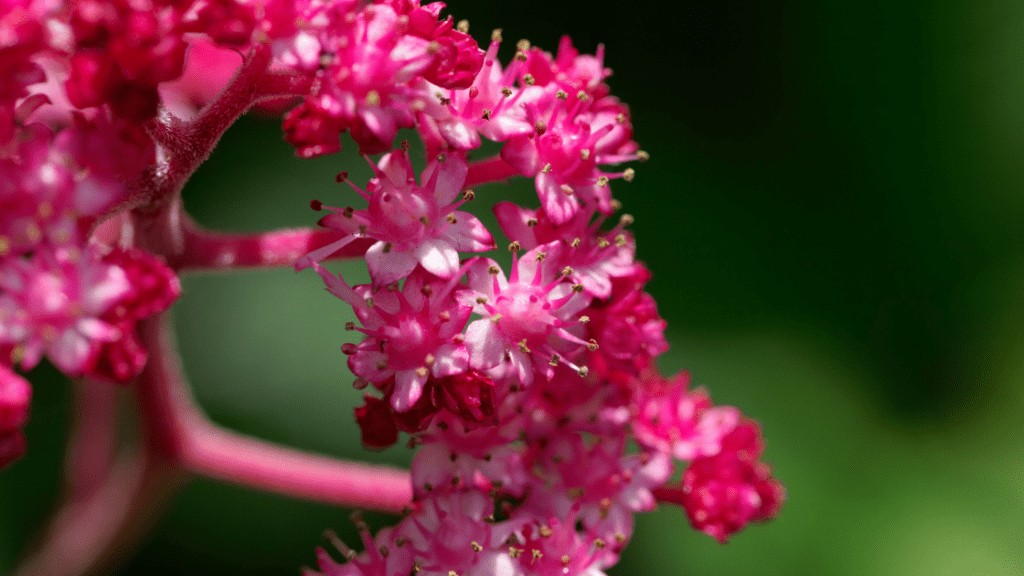
Species containing a large number of varieties, some of which can look exactly like R. Aesculifolia. The leaf structure of R. Pinnata is somewhat different in that the leaflets don’t grow out of a single point, but this is not something obvious and the plant usually looks just like Fingerleaf Rodgersia to an outside observer.
R. Podophylla
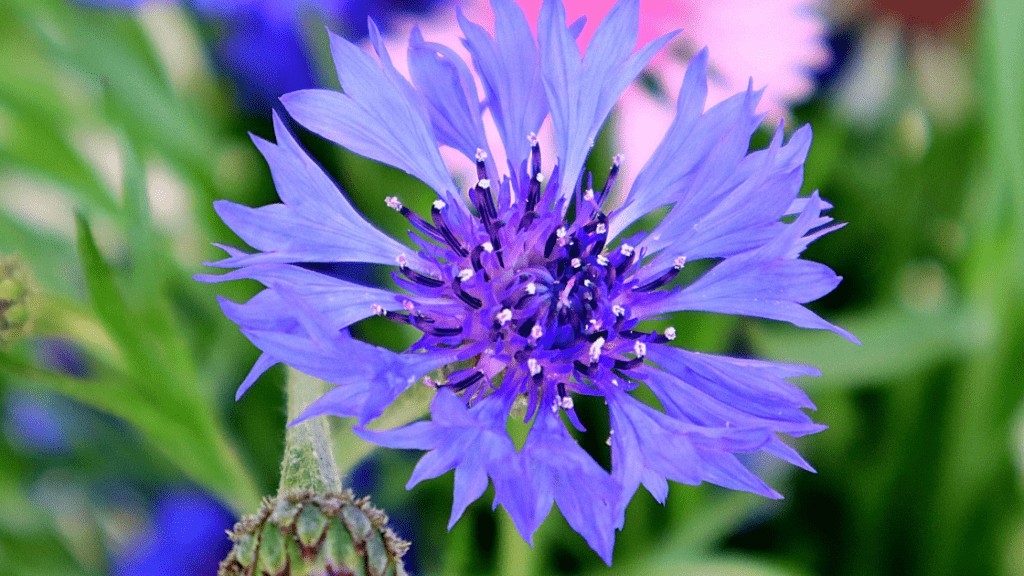
Species with jagged leaves that depending on the variety can be dark red to purple. The purple color of the leaves develops only in strong sunlight – in a more shaded area the leaf may develop only a tinge of red on its corners. The flowers are very similar to other species and are usually white.
R. Sambucifolia

Species with dark green leaves that are a bit more pointy. Very similar-looking to R. Aesculifolia. This species has a potential to grow somewhat larger compared to the others, especially when given enough water.
Final Thoughts
In conclusion, Rodgersia is an excellent garden plant that produces a large canopy of green leaves – perfect for adding freshness to your garden. However, you should plant Rodgersia only if you can meet its water demand. Year-round rainy weather or a nearby pond/river are typically required, unless you are willing to provide the plant with constant watering.








